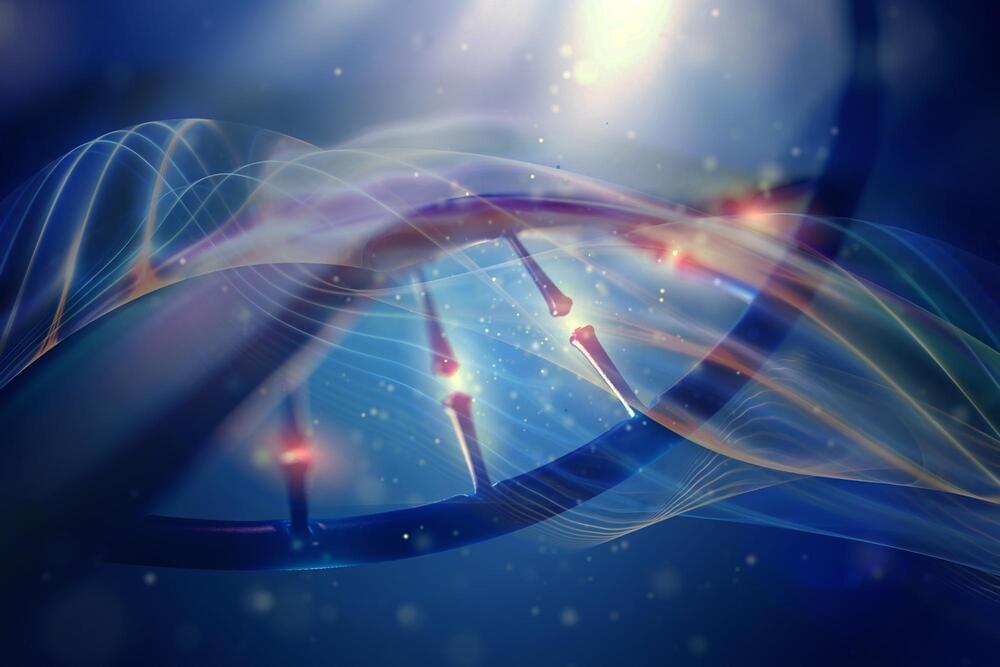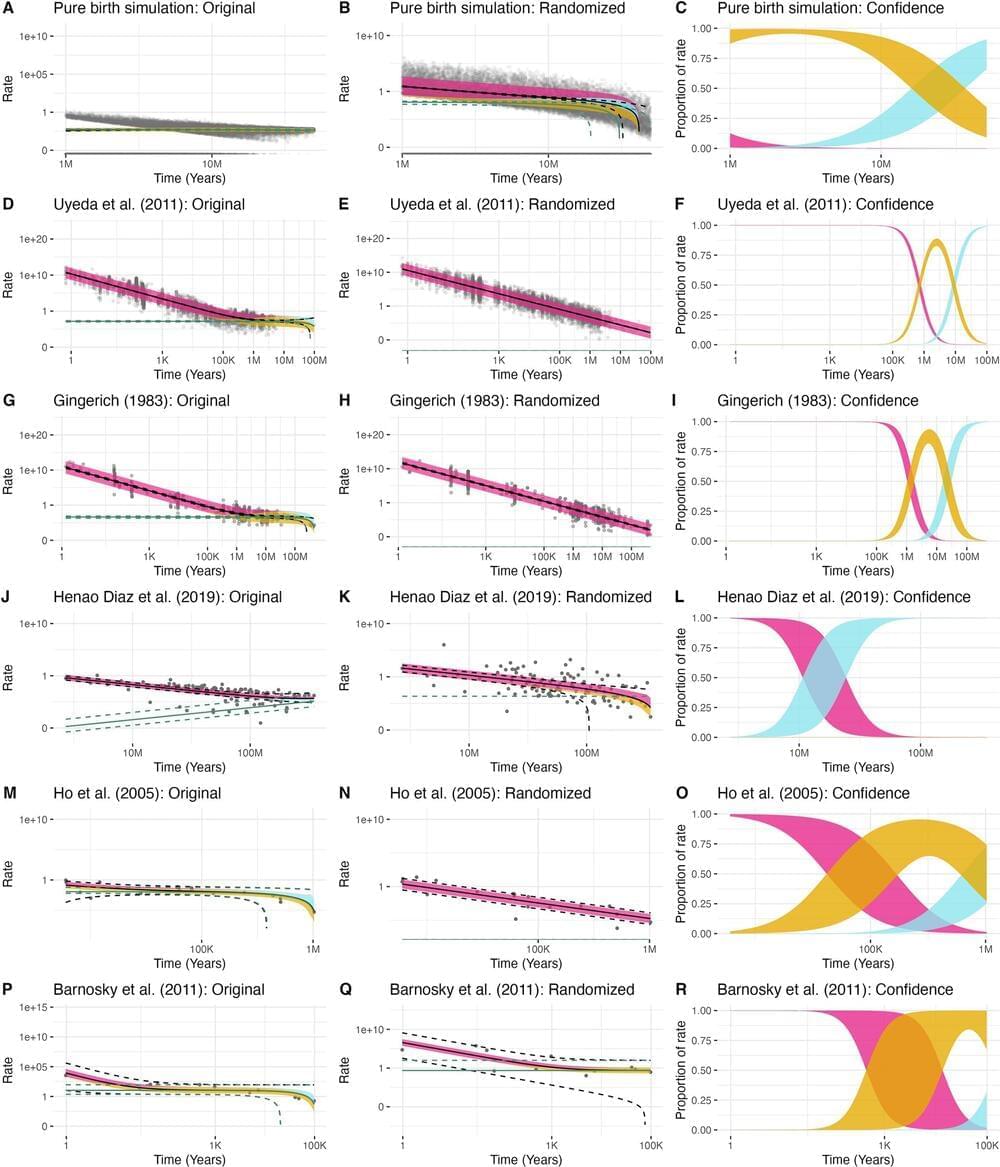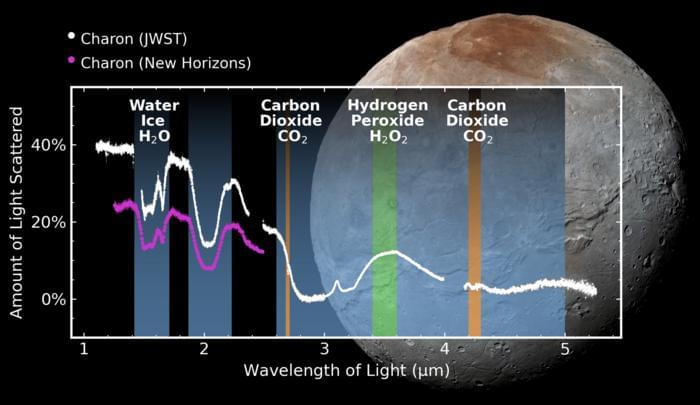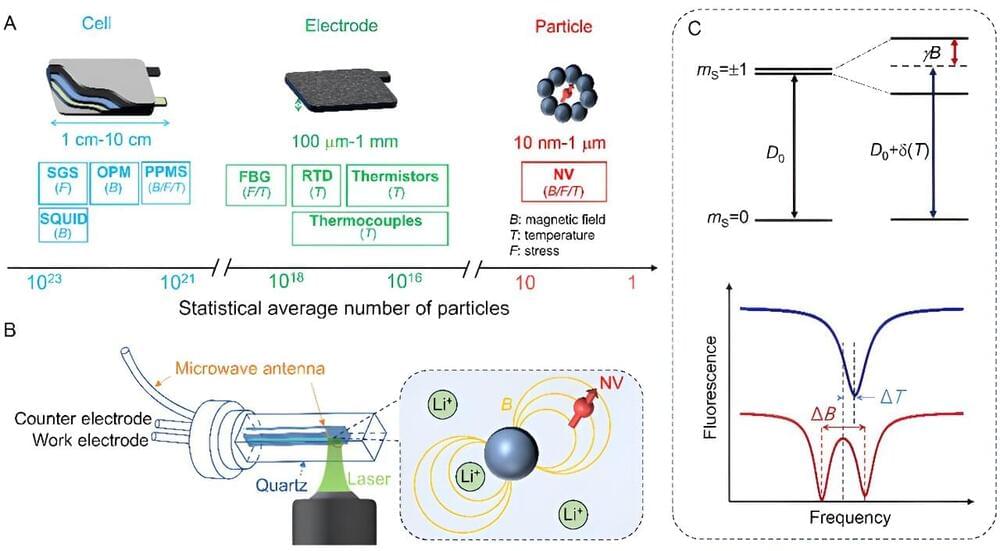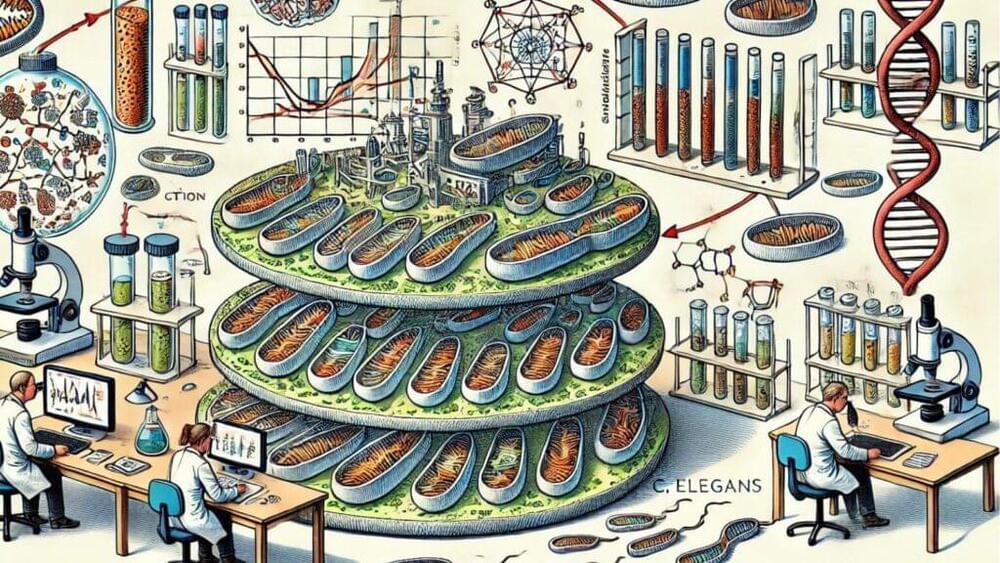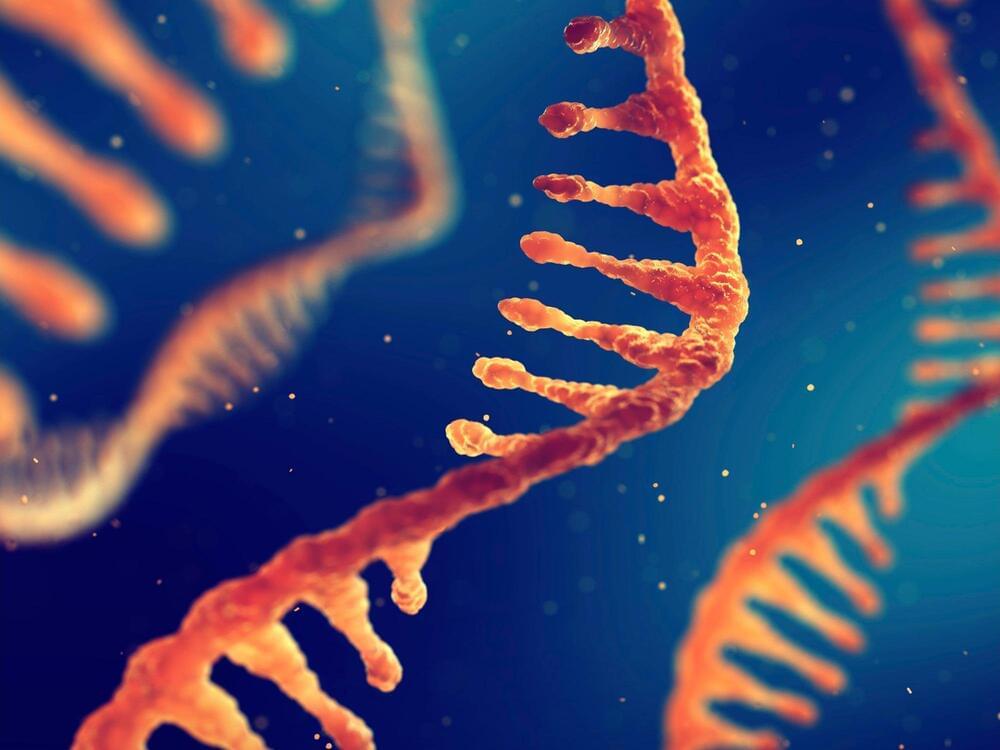For decades, researchers have noticed that the pace of evolution tends to speed up over shorter time frames, such as five million years compared to fifty million years. This general trend indicates that “younger” groups of organisms, in evolutionary terms, tend to exhibit higher rates of speciation, extinction, and body size evolution, among other differences from older groups.
Evolutionary processes appear to operate at different time scales, perhaps necessitating the need for a new theory linking microevolution and macroevolution. The larger question has tantalized scientists: why?
There are plausible explanations. A new species may inhabit a new island chain, allowing for more variation as it spreads into new niches. An asteroid may hit the earth, increasing extinction rates. Perhaps species evolve to an “optimal” trait value and then plateau.
